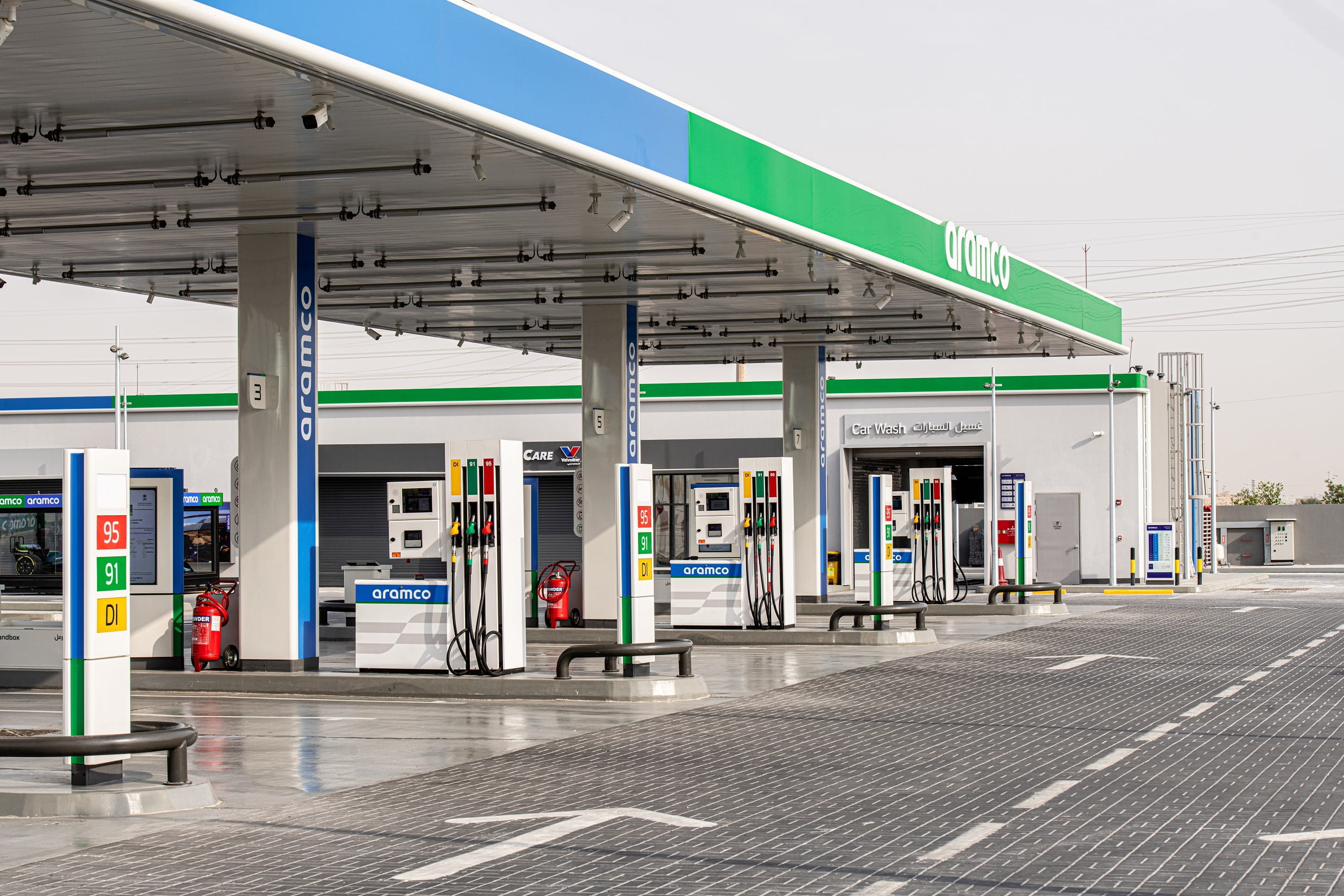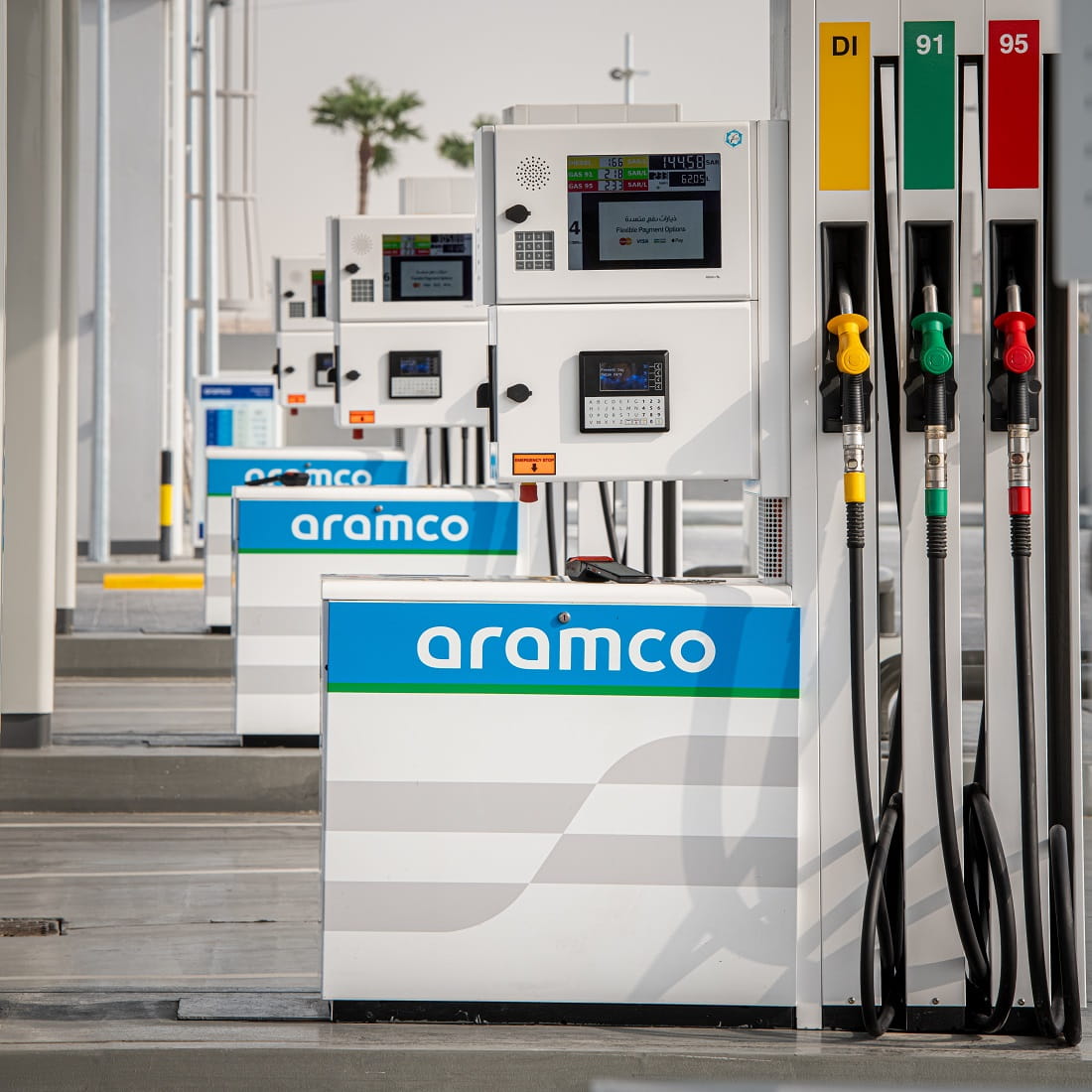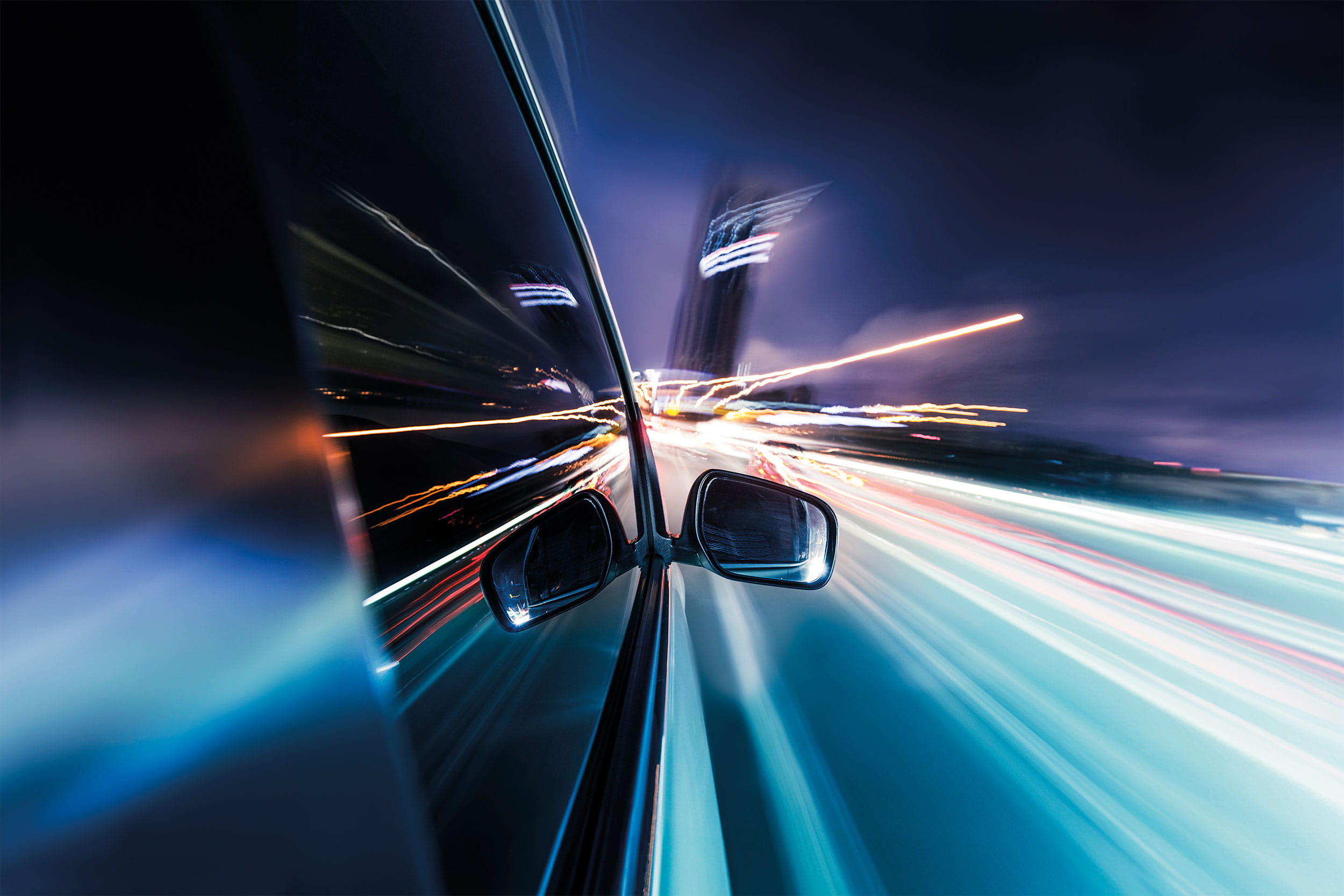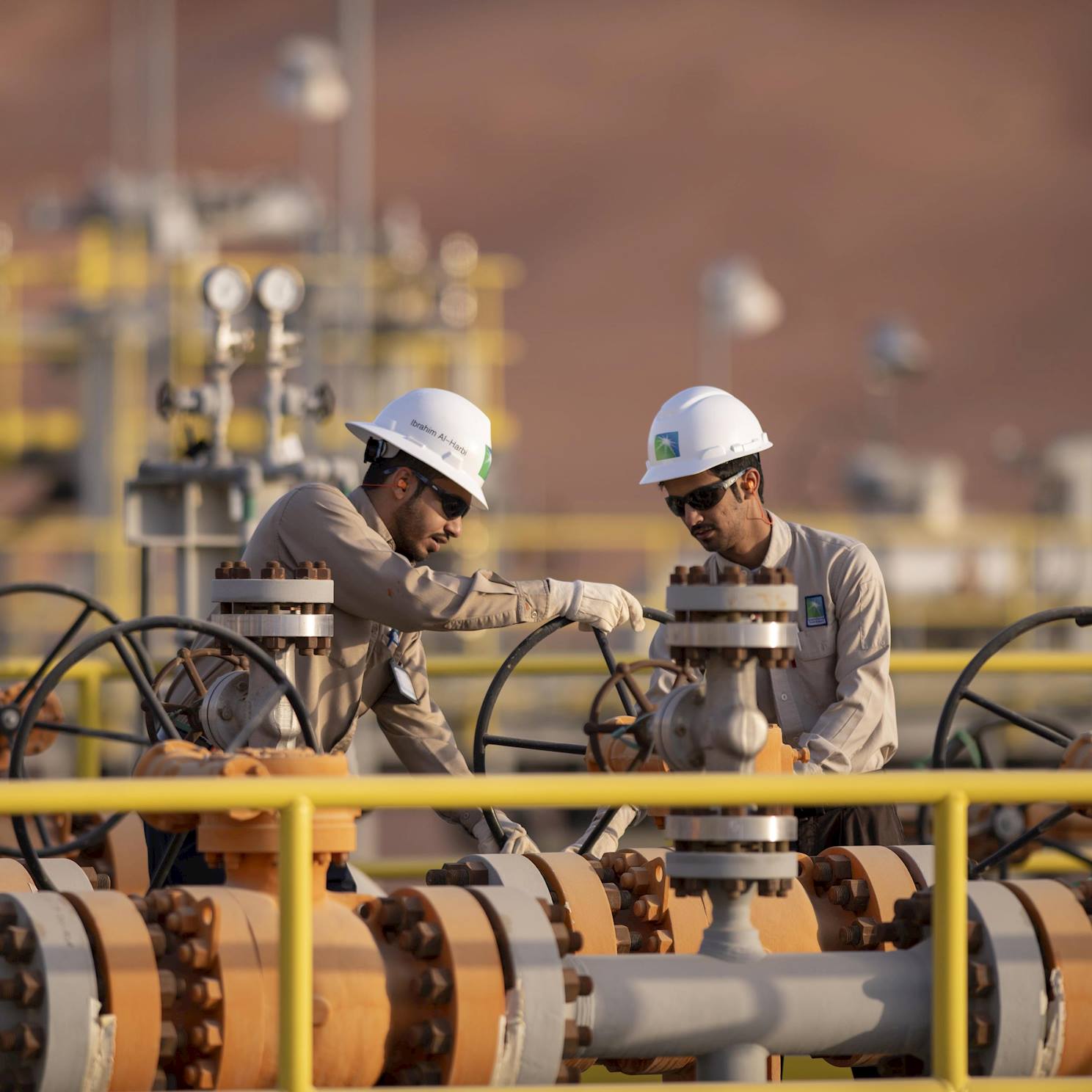
Retail fuels
Aramco produce quality fuels to meet the needs of today’s engines.
From gasoline to kerosene to sales gas, our customers enjoy a range of retail fuel products that help keep economies thriving and people living mobile and productive lives.

Our in-Kingdom retail fuels
As part of our efforts to ensure consistent quality all the way to the customers’ tank, following testing and certification, our fuels are color coded for easy visual identification at the pump.
All of our gasoline fuels are unleaded.
Prices for the month of December 2025 (﷼ /liter)
2.18
Gasoline 91
2.33
Gasoline 95
1.66
Diesel
1.59
Kerosene
1.09
LPG

Discover the new ProForce fuels
How to choose the right fuel for your vehicle
PG91 is suitable for most modern cars. PG95 is a premium grade gasoline appropriate for higher-performance cars. If you’re not sure of your vehicle’s correct octane rating, check the owner’s manual or ask the manufacturer or dealer where you purchased the vehicle. Sometimes, the recommended fuel can be found on a sticker inside the filling cap.
Aramco Stations
In 2019, Aramco entered into a 50:50 joint venture with TotalEnergies to operate service stations in Saudi Arabia, acquiring a network of more than 200 service stations in the Kingdom under the Sahel brand name. In 2021, the first Aramco-branded station was inaugurated in Riyadh and Aramco Stations was born.
As of 2025, our Saudi network includes both Aramco and TotalEnergies-branded stations, providing local customers with premium fuels, retail products, and excellent service.
Aramco Stations exist across the Kingdom in Riyadh, Dammam, Khobar, Ras Tanura, Al-Ahsa, Al Madinah, Qassim, Abha and Jeddah, and we are expanding our global presence through stations in Chile and Pakistan.
Discover an Aramco Station near you

Energy products
From transportation fuels to advanced materials, our diverse and expanding range of products create value not only for our customers, but also our company, partners, and shareholders.